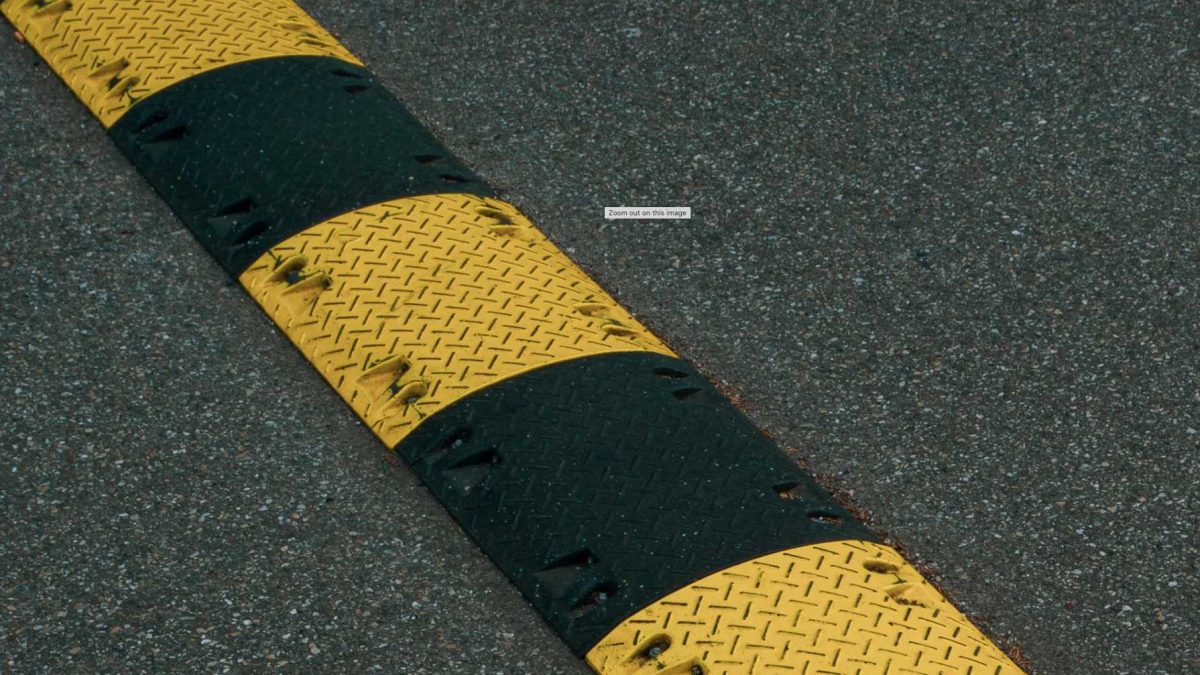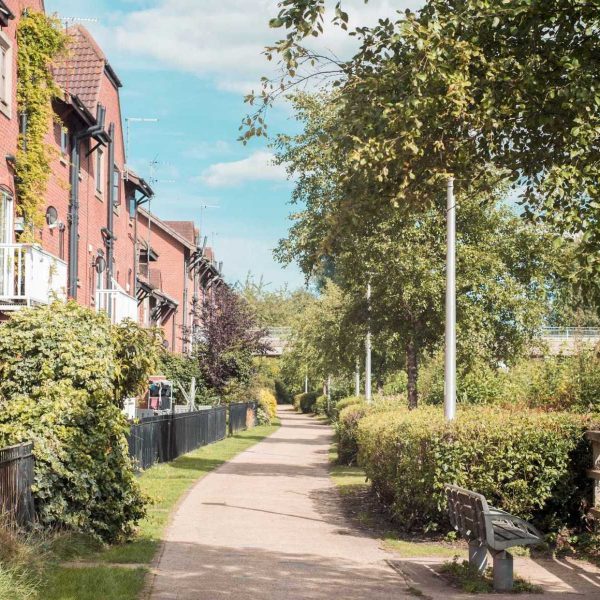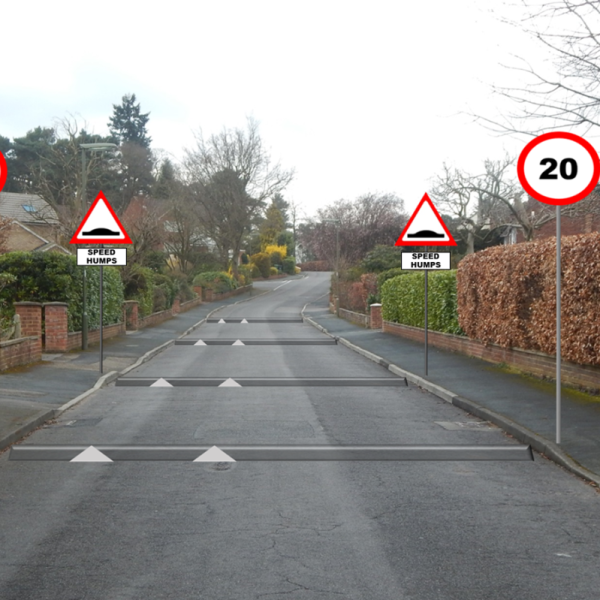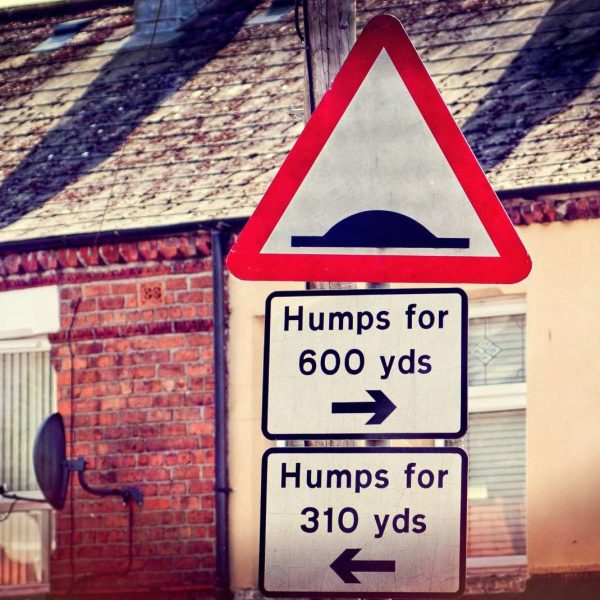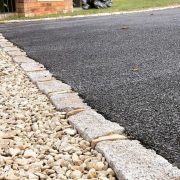
My Campaign For Better UK Traffic Calming
As a passionate advocate for road safety, I have launched a campaign for better traffic calming measures in the UK. It is crucial that we address the issue of traffic congestion and its impact on road safety. The importance of effective traffic calming measures cannot be overstated.
The Importance of Traffic Calming Measures in the UK
Road accidents are a growing concern in the UK, resulting in countless injuries and loss of life. Traffic calming measures play a vital role in reducing the risk of accidents and improving overall road safety. By slowing down vehicles and creating a safer environment for pedestrians and cyclists, we can make a significant difference in saving lives.
Speed tables, bumps, and humps are proven solutions that force drivers to reduce their speed and pay closer attention to their surroundings. These physical deterrents effectively discourage reckless driving and help prevent accidents in areas with high traffic volume.
The implementation of traffic calming measures not only enhances road safety but also contributes to a more pleasant urban environment. By reducing noise pollution and promoting a sense of community, these measures can improve the quality of life for residents living near busy roads. The presence of green spaces, pedestrian-friendly zones, and designated cycle lanes as part of traffic calming schemes can encourage sustainable modes of transport and create a more liveable cityscape.
Analysing the Impact of Traffic Calming on Road Safety
Studies have consistently shown that traffic calming measures have a positive impact on road safety. By implementing these measures, we can reduce the number of accidents and minimize the severity of injuries when accidents do occur.
One of the most effective traffic calming solutions is the use of cobblestone speed tables and bumps. Not only do they slow down vehicles, but they also provide a visual and tactile reminder for drivers to exercise caution. Unlike traditional asphalt speed tables and bumps, cobblestone options blend seamlessly into the surrounding environment, making our roads beautiful once again.
Another innovative approach to traffic calming is the introduction of raised pedestrian crossings. These crossings not only improve safety for pedestrians by elevating them to the same level as the road, but they also serve as a visual cue for drivers to slow down and be more aware of their surroundings. Raised pedestrian crossings are particularly effective in areas with high foot traffic, such as near schools or shopping centres, where the safety of pedestrians is of utmost importance.
Public Perception and Support for Traffic Calming Initiatives
It is essential to engage the public and garner support for traffic calming initiatives. By educating communities about the benefits of these measures, we can secure their backing and build a safer and more responsible society.
Public opinion surveys have consistently shown that the majority of UK citizens recognize the importance of traffic calming measures and support their implementation. It is comforting to know that our campaign has the backing of the people. Together, we can make a real difference and create a safer road environment for everyone.
The success of traffic calming initiatives can be seen in various case studies across the country. For example, in the bustling city of London, the introduction of speed humps and pedestrian crossings in residential areas has significantly reduced the number of accidents and improved overall road safety. This tangible evidence of the positive impact of traffic calming measures reinforces the importance of community involvement and support.
In addition, initiatives such as community-led road safety workshops and awareness campaigns have played a crucial role in fostering a culture of responsible driving and pedestrian behaviour. By empowering local residents to take ownership of road safety issues in their neighbourhoods, we not only enhance the effectiveness of traffic calming measures but also promote a sense of collective responsibility and civic pride.
Evaluating the Economic Benefits of Improved Traffic Calming
While road safety is of paramount importance, it is crucial to consider the economic benefits that come with improved traffic calming measures. By minimising accidents and injuries, we can reduce the strain on emergency services and healthcare systems.
Traffic calming measures can enhance property values, make our neighbourhoods more attractive to potential residents, and stimulate local businesses. By investing in effective traffic calming, we are investing in the prosperity and well-being of our communities.
The implementation of traffic calming strategies can have a positive impact on the environment. By encouraging modes of transportation such as walking and cycling, these measures can help reduce carbon emissions and improve air quality. This not only benefits the health of residents but also contributes to a more sustainable and eco-friendly community.
Well-designed traffic calming initiatives can create a sense of place and community identity. Features such as landscaped medians, public art installations, and designated pedestrian zones can enhance the aesthetic appeal of an area, fostering a greater sense of pride and belonging among residents.
Collaborating with Local Authorities for Effective Traffic Calming
The success of our campaign relies on close collaboration with local authorities. It is essential to work hand in hand with those responsible for road safety to ensure that traffic calming measures are properly implemented and maintained.
By engaging local authorities, we can provide them with the support they need to make well-informed decisions and allocate resources effectively. Together, we can create a roadmap for safer roads that reflects the unique needs and challenges of each community.
Building strong relationships with local councils can lead to the development of innovative solutions for traffic management. By fostering open communication and sharing best practices, we can work towards implementing cutting-edge technologies and strategies to improve road safety.
Collaborating with local authorities also allows us to tap into their expertise and local knowledge. They can provide valuable insights into specific traffic patterns, accident hotspots, and community concerns, enabling us to tailor our initiatives to address these issues effectively.
Overcoming Resistance to Change in Traffic Calming Strategies
Change is often met with resistance, and traffic calming initiatives are no exception. It is crucial to address concerns raised by those who may resist the implementation of these measures and provide them with the necessary information to understand the benefits.
By fostering open and honest dialogues, we can alleviate fears and misconceptions and build consensus around the importance of traffic calming. Together, we can overcome resistance to change and create a safer, more harmonious road environment for all.
One effective way to address resistance to traffic calming strategies is through community engagement. Involving local residents in the planning and decision-making process can help ensure that their voices are heard and their concerns are taken into account. Community meetings, surveys, and workshops can provide valuable insights and feedback that can shape the implementation of traffic calming measures in a way that is sensitive to the needs of the community.
It is essential to provide education and awareness campaigns to inform the public about the benefits of traffic calming. Highlighting how these strategies can reduce accidents, improve air quality, and create more pedestrian-friendly spaces can help garner support and understanding from those who may initially be resistant to change. By emphasising the positive impact that traffic calming can have on the overall well-being of the community, we can work towards a shared vision of safer and more sustainable streets.
Asphalt Speed Tables & Bumps Are Ugly
It is undeniable that asphalt speed tables and bumps are eyesores that detract from the visual appeal of our towns and cities. These harsh, unattractive solutions not only disrupt the aesthetic beauty of our surroundings but also fail to integrate seamlessly with the existing urban fabric.
It is time to reclaim the visual harmony of our communities and turn our attention to cobblestone alternatives that offer both functionality and aesthetics. With beautiful cobblestone speed tables, bumps, and humps, we can strike a balance between road safety and preserving the charm of our British landscapes.
When considering the use of cobblestones in urban planning, it is important to note their historical significance. Cobblestone streets have a rich heritage in the United Kingdom, dating back to the Roman era. The use of cobblestones not only adds a touch of nostalgia to our modern cities but also reflects a commitment to sustainable and durable infrastructure.
Cobblestone speed tables and bumps can be customised to complement the unique character of each neighbourhood. Whether it be traditional grey cobblestones for a classic look or a blend of colours for a more contemporary feel, the versatility of cobblestone materials allows for endless design possibilities that can enhance the overall aesthetic appeal of our streets.
Why Cobblestone Speed Tables, Bumps & Humps are Better
When it comes to traffic calming, cobblestone speed tables, bumps, and humps are superior to their asphalt counterparts in every aspect. Unlike unsightly asphalt solutions that disrupt the visual harmony of our streets, cobblestone options blend seamlessly with the character of our cities and towns.
Cobblestone speed tables, bumps, and humps present a more natural and appealing alternative. Their aesthetic appeal contributes to creating an environment that encourages responsible driving and enhances the overall ambiance of our communities.
Drivers know to go slower on cobbles, they are less likely to resent being slowed down as the speed table or bump is just accepted as a more natural negotiation. You can’t deny cobbles!
One of the key advantages of cobblestone speed bumps, tables, and rumble strips is their durability. Cobblestones have been used for centuries in road construction due to their ability to withstand heavy traffic and adverse weather conditions. This longevity not only ensures cost-effectiveness in the long run but also reduces the need for frequent maintenance, making cobblestone solutions a sustainable choice for traffic calming measures.
The textured surface of cobblestones provides additional grip for vehicles, especially in wet or icy conditions. This improved traction can help prevent accidents and promote safer driving practices, further enhancing the effectiveness of cobblestone speed control devices.
Making UK Roads Beautiful Again with Cobblestone Traffic Calming
Our roadways are more than just a means of transportation; they are an integral part of our national identity. It is time to reclaim our roads and make them beautiful again, while also ensuring the safety of all road users.
By embracing cobblestone traffic calming solutions, we can create an environment that captures the essence of traditional British craftsmanship and blends seamlessly with our historic architecture. Let us make a stand for safer roads that reflect the beauty of our nation.
May we never underestimate the importance of traffic calming measures in our communities. With the compelling evidence supporting their effectiveness and the unwavering support of the public, our campaign is poised to create tangible change. Together, let us make UK roads safer and more beautiful for generations to come.
Imagine strolling down a cobbled street, the rhythmic clatter of horse-drawn carriages echoing through time. Cobblestones have long been associated with the charm and character of British towns and villages, evoking a sense of nostalgia for a bygone era. The use of cobblestones for traffic calming not only enhances the aesthetic appeal of our roads but also serves as a nod to our rich cultural heritage.
Quick Setting Cobblestone – The Future of Traffic Calming
Traditionally, cobblestone installation was a time-consuming process that caused significant disruption to road users. However, advancements in technology have led to the development of quick-setting cobblestone solutions that can be rapidly installed, minimising inconveniences to motorists and pedestrians.
This innovative approach to traffic calming offers an efficient alternative without compromising on quality. With quick-setting cobblestone, we can achieve effective traffic calming measures without causing unnecessary delays or inconveniences for road users.
One of the key advantages of quick-setting cobblestone is its versatility. Not only can it be used for traditional roadways, but it is also ideal for pedestrian zones, cycle paths, and even heritage sites where maintaining the aesthetic appeal is crucial. This adaptability makes quick-setting cobblestone a popular choice for urban planners and architects looking to enhance the visual appeal of public spaces while ensuring safety and functionality.
The durability of quick-setting cobbles should not be underestimated. Despite its rapid installation process, this innovative solution is designed to withstand heavy traffic loads and adverse weather conditions, ensuring long-lasting performance and minimal maintenance requirements.
By investing in quick-setting cobblestone, cities and municipalities can create sustainable infrastructure that enhances the overall quality of urban environments for years to come.
Find out more at: https://quicksetts.com


